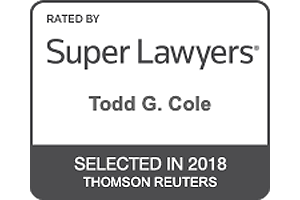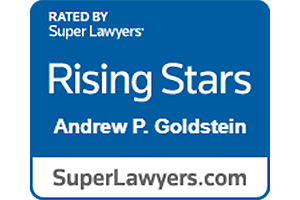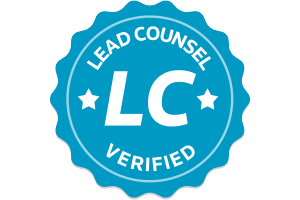- Contact Us Now: (615) 490-6020 Tap Here to Call Us
How Long Do I Have to File a Personal Injury Lawsuit?
Introduction
A concept that may be unfamiliar to those who do not have extensive experience with the United States court system is that of the rules governing how long a plaintiff has to bring a lawsuit after an injury. The way this works in practice is that plaintiffs’ attorneys are aware of these rules and ask questions from potential clients to ensure that a statute of limitation will not prevent the bringing of a lawsuit. Similarly, one of the first things defendants’ attorneys check after receiving a new lawsuit is all of the defenses they can raise, including a defense that the statute of limitations has run and therefore bars the cause of action brought by the plaintiff.See Klehr v. A.O. Smith Corp., 521 U.S. 179 (1997) (discussing the doctrine of the statute of limitations in a RICO case).
On the other hand, Courts in the United States are limited to decisions regarding active cases and controversies by the United States Constitution Art. III, Section 2, Clause 1. An action may not be commenced until a cause of action accrues. If all of the facts necessary to establish a claim are not possessed by the plaintiff, then the action is premature and the defense counsel can quite easily draft a motion to dismiss showing that the plaintiff’s pleadings fail to state a claim upon which relief can be granted. See § 1:2. Accrual of cause of action, 1 Tenn. Cir. Ct. Prac., Lawrence A. Pivnick. Claims that are not yet ready for decision are termedripe. The Tennessee Supreme Court has defined ripeness doctrine as: “The central concern of the ripeness doctrine is whether the case involves uncertain or contingent future events that may or may not occur as anticipated or, indeed, may not occur at all.” B & B Enterprises of Wilson Cty., LLC v. City of Lebanon, 318 S.W.3d 839, 848 (Tenn. 2010).
It is easy to see why a simple Google search of the applicable statute of limitations for the specific claim in your jurisdiction is not sufficient for you, a potential plaintiff, to determine whether you have a suit that could be successful. Plaintiff’s lawyers are often admitted to the bar in multiple state jurisdictions as well as federal courts, so they are uniquely positioned to gather the facts of the case and then determine where they can bring suit. Federal courts apply the statutes of limitations of the state in which they reside if the claim is a state law claim. If the claim is based in federal law, the federal statute of limitations, if it exists, would apply. Finally, a court precedent may have established which statute of limitations should apply. It is rare to find a cause of action in the United States that does not have a statute of limitations.
Defenses
Even if a plaintiff is successful in bringing a suit in an appropriate jurisdiction within the time limits of the statute of limitations, a defendant could successfully defend with equitable estoppel or laches. These defenses, developed at common law are based on the premise that the law rewards the vigilant, not those that sleep on their rights. They are focused on preventing unfairness to defendants based on plaintiff’s unreasonable delay in bringing suit. These defenses have been successful in many cases where there was no applicable statute of limitations or where the statute of limitations is long. Whether equitable estoppel or laches is applicable in a certain case may be a litigated issue. See Chirco v. Crosswinds Communities, Inc., 474 F.3d 227, 233 (6th Cir. 2007)(“Although circuits are split as to whether laches is available as a defense under the Copyright Act, laches is available as an affirmative defense in a copyright action in the Sixth Circuit.”).
Exceptions
There are also some exceptions to the statute of limitations such as the discovery rule which means that the statute of limitations may not begin to run until the plaintiff learns of the violation or reasonably should have known that he was injured and the injury was caused by the defendant. This is a fact intensive inquiry and may be a litigated issue.
Another similar concept that exists in many jurisdictions in addition to the statute of limitations is pre-suit requirements. For example, with regard to employment discrimination claims, the plaintiff must have a letter authorizing suit from the EEOC; in medical malpractice claims in Tennessee, a plaintiff must send written notice to the hospital/defendant sixty (60) days before bringing suit and include an affidavit from a doctor who has reviewed the medical files and determined that there is a good faith basis to bring the suit. These additional requirements, usually established by statutes, are a risk to the unwary litigant or attorney who is not experienced in a practice area in a specific jurisdiction.
Conclusion
The best option for a potential plaintiff is to contact a lawyer immediately after suffering what could be a legally cognizable claim. If potential plaintiffs wait too long, they will likely be unable to find a lawyer who will take their case, or worse yet a lawyer may take the case before realizing there is no way to successfully get relief for the plaintiff.
Remember, the law rewards the vigilant, not those that sleep on their rights.
















